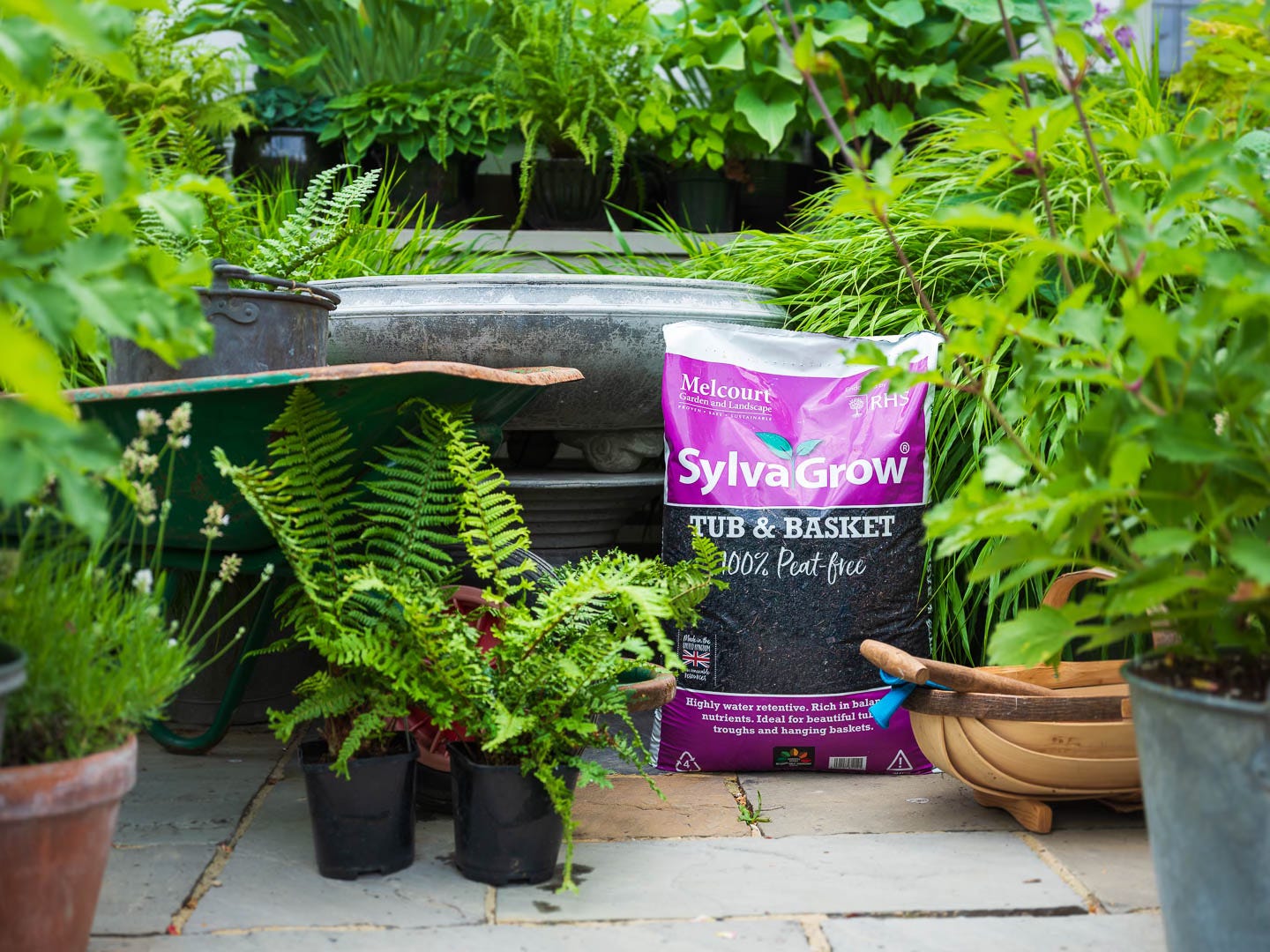What’s Really in the Bag? A Tour Behind the Compost Curtain
I went behind the scenes at SylvaGrow to uncover how peat-free compost is really made, from bark piles and coir to conveyor belts, soil labs, and the surprising science of consistency
As you wander around the garden centre, did you ever look at those pallets of compost (potting soil) and wonder what, exactly, is inside?
Not the glossy marketing promises. Not the flashy colours or bold claims like “feeds for months” or “enriched with goodness.” I mean really, what’s in it? Where does it come from? Who makes it? And what kind of wizardry turns waste into that magical, crumbly stuff we trust enough to pour into our pots and borders?
Well, I went to find out.
As someone who gets far too excited about compost, I had the great fortune to visit Melcourt Industries, the team behind SylvaGrow. It’s the only compost brand I’ve used consistently over the years. This was part garden pilgrimage, part nerdy backstage tour, and part secret mission to uncover the truth behind the bag.
What I discovered was a world of smells and textures, bark, conveyor belts, and some of the most compost-proud people I’ve ever met.
Keep reading with a 7-day free trial
Subscribe to The Gardening Kind by Elliott Neep to keep reading this post and get 7 days of free access to the full post archives.



